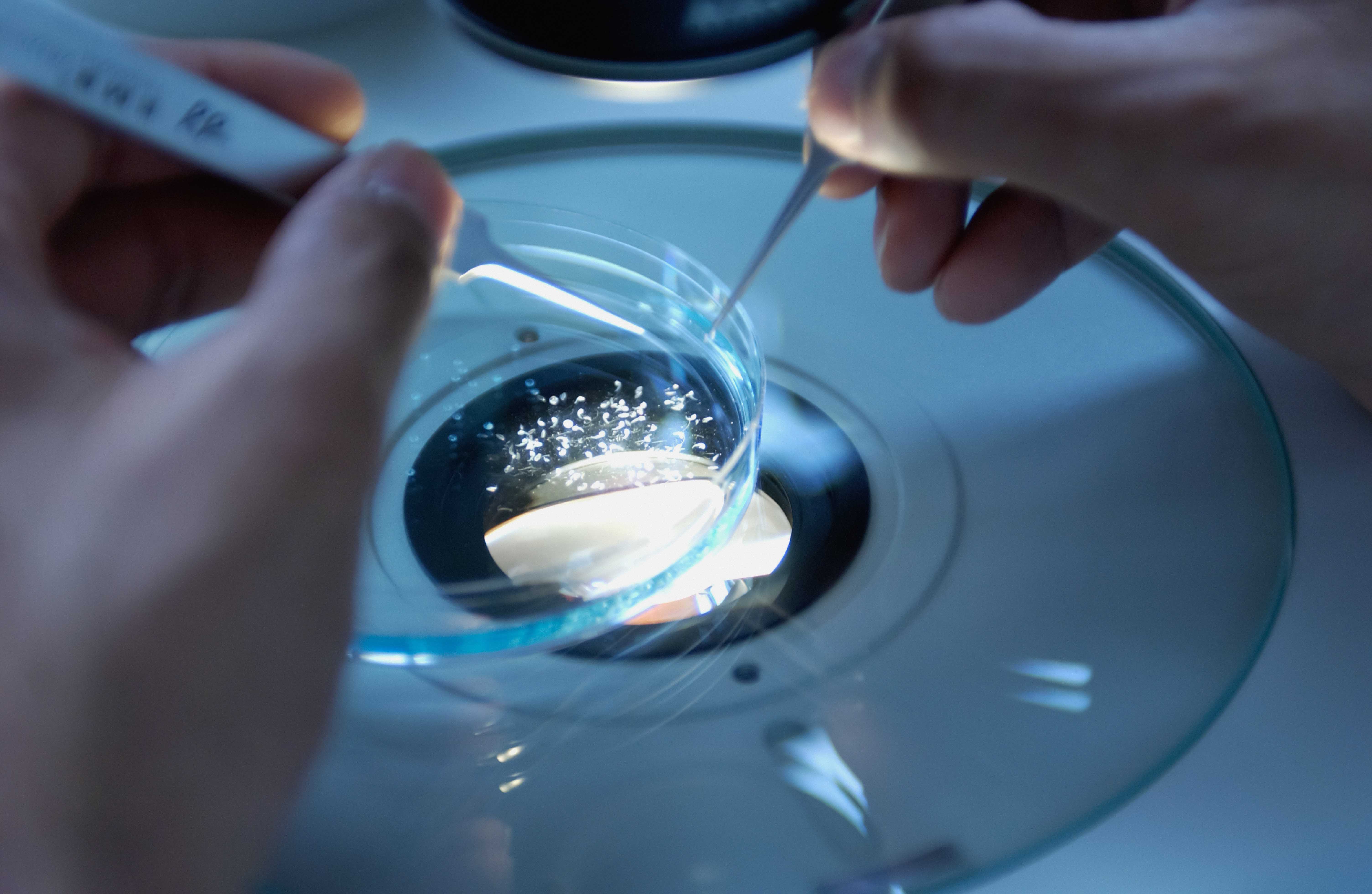| Model No. | Nomenclature | Genotype |
|---|---|---|
| 1480 | B6.129-Esr1tm1Ksk | Inquire for genotype |
ERKO-α

- Description
- Price & Licensing
- Overview
- Genetics
- Guides & Publications
- Transit, Housing & Welfare
- Diet
Overview
Nomenclature: B6.129-Esr1tm1Ksk
- Carries a disruption of the estrogen receptor alpha (Esr1) gene.
- Estrogen receptor beta (Esr2) remains functional.
- Esr1 encodes a 66 kDa protein that binds and mediates the effects of the natural estrogen, 17β-estradiol.
- Male and female homozygotes completely lack functional ERa protein, survive into adulthood, but are infertile, indicating the necessity of estrogen for proper gonadal development in both sexes.
- Female homozygotes have hypoplastic uteri, arrested development of ovarian follicles and rudimentary mammary glands.
- Male homozygotes display atrophy and degeneration of seminiferous tubules, beginning at 10-12 weeks of age, and have decreased longitudinal bone growth and pronounced cortical osteopenia.
- Both males and females display abnormal sexual behavior.
- Homozygotes have been shown to have increases in the number of calcium channels and prolonged QT intervals on EKG examination, indicating a role of estrogen in cardiac disease.
- Heterozygous ERKO-α mice exhibit half-normal levels of functional ERa proteins and are fertile.
- An excellent model to study the role of estrogen receptors in development and maintenance of both reproductive and non-reproductive tissues, bone homeostasis, and the cardiovascular system.
Origin
The ERKO-α mouse was developed by Kenneth S. Korach of the NIEHS and colleagues in 1993. The model was created by targeting the Esr1 gene in E12TG2a ES cells and injecting the targeted ES cells into C57BL/6J blastocysts. Resultant chimeras were backcrossed to C57BL/6 for ten generations (N10). Taconic received stock from the NIEHS in 1998, and animals were transferred to Taconic for commercial production in 2000. Homozygotes and heterozygotes were generated through HET x HET matings.
This model is cryopreserved and available for recovery. Models can typically be recovered and delivered to customers within 14-16 weeks after order receipt. Purchase of this model includes perpetual use rights and a deliverable of four mutant animals at the Murine Pathogen Free™ health standard along with a genotyping protocol. For models which include a recombinase gene or multiple alleles, all alleles will be provided, but individual animals may not contain all mutant alleles.
Taconic’s Colony Management experts can design a plan to grow your colony faster.
Genetics
Guides & Publications
Initial Publication:
Lubahn DB, Moyer JS, Golding TS, Couse JF, Korach KS, Smithies O. (1993) Alteration of reproductive function but not prenatal sexual development after insertional disruption of the mouse estrogen receptor gene. PNAS USA, 90:11162-6.
Transit, Housing & Welfare
Need more info? Click the live chat button or Contact Us
Diet
- Licensing
- Pricing - USD
- Pricing - EUR
- Select my Health Standard
- Get Custom Pricing Guide
ERKO-α
This model is sold under terms which grant perpetual use rights.
Pricing - USD
1480
| Item | Commercial | Nonprofit |
|---|---|---|
| Cryopreserved Model | $23,100.00 | $17,325.00 |
Cryopreserved models are invoiced upon shipment of recovered animals. Once orders are placed, the full purchase price will be applied if the order is canceled. For orders greater than 4 animals, please contact Taconic for options.
Fees for Taconic Transit Cages™ and freight are in addition to the price above.
Pricing - EUR
1480
| Item | Commercial | Nonprofit |
|---|---|---|
| Cryopreserved Model | €21.000,00 | €15.855,00 |
Cryopreserved models are invoiced upon shipment of recovered animals. Once orders are placed, the full purchase price will be applied if the order is canceled. For orders greater than 4 animals, please contact Taconic for options.
Fees for Taconic Transit Cages™ and freight are in addition to the price above.
Select my Health Standard
Need help choosing the right Taconic Biosciences health standard for your research?
Use the Health Standard Selector to enter your exclusion list. The tool will tell you which health standards meet your requirements.
Get custom pricing guide
Schedule A Scientific Consultation
Speak with a PhD-level Field Application Scientist who can help you select the most appropriate model and maximize your experimental success.






.jpg)
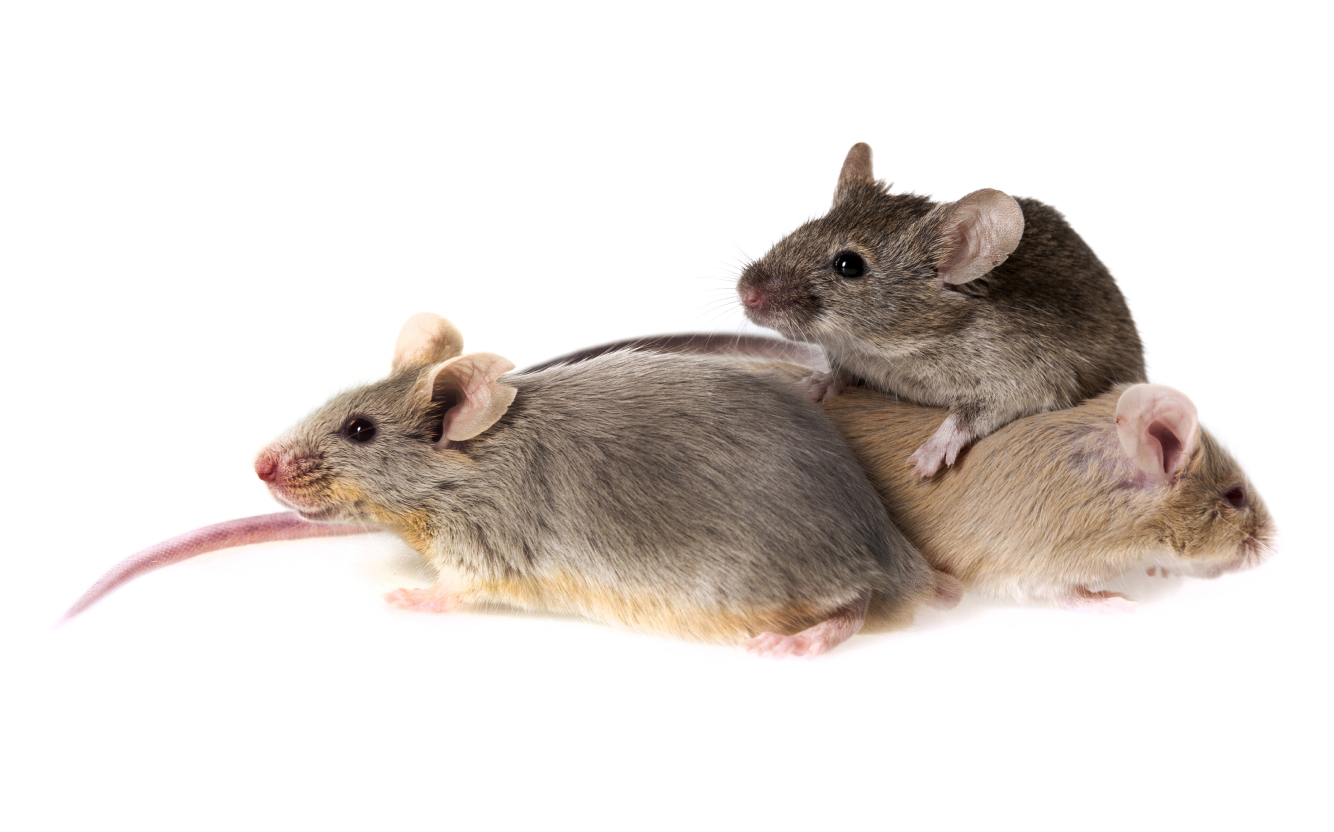
.jpg)
.jpg)
.jpg)
.jpg)





.jpg)
.jpg)


.jpg)
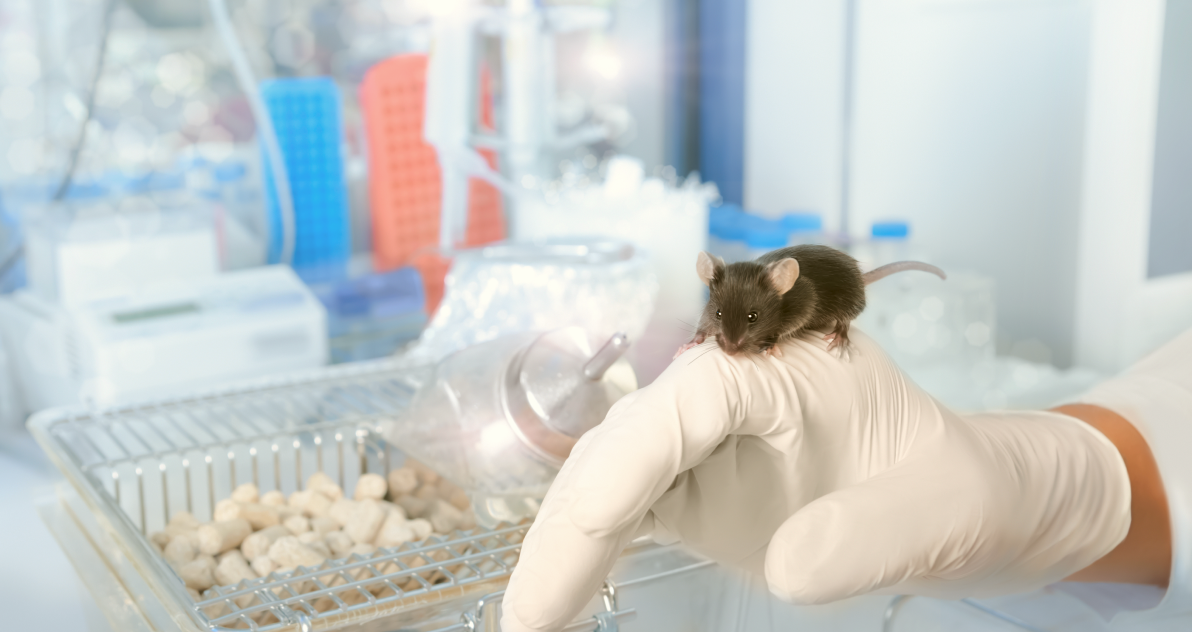
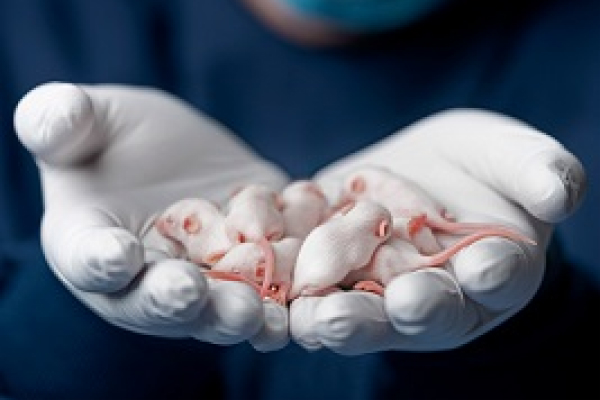

.jpg)


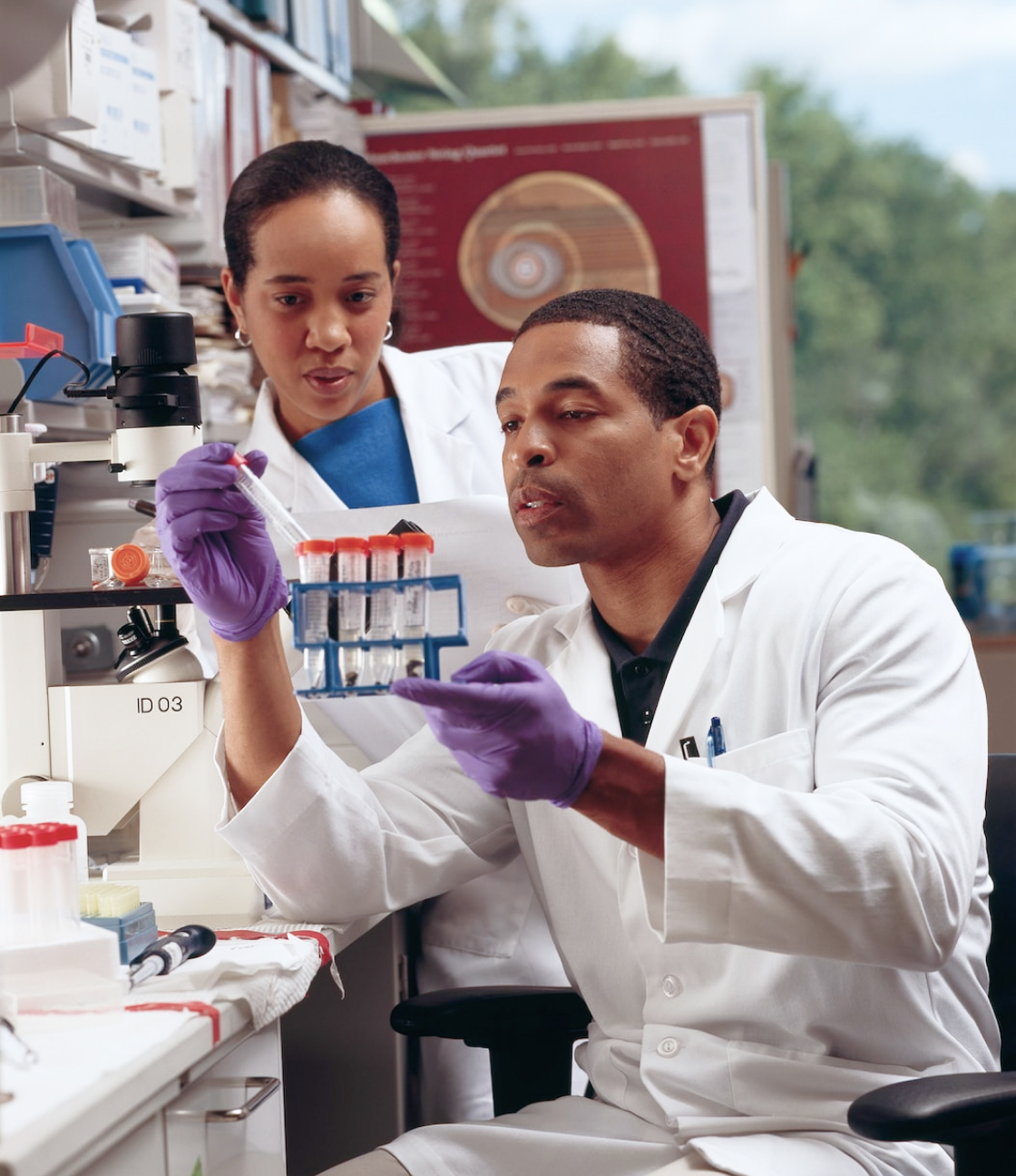

.jpg)

.jpg)
.jpg)
